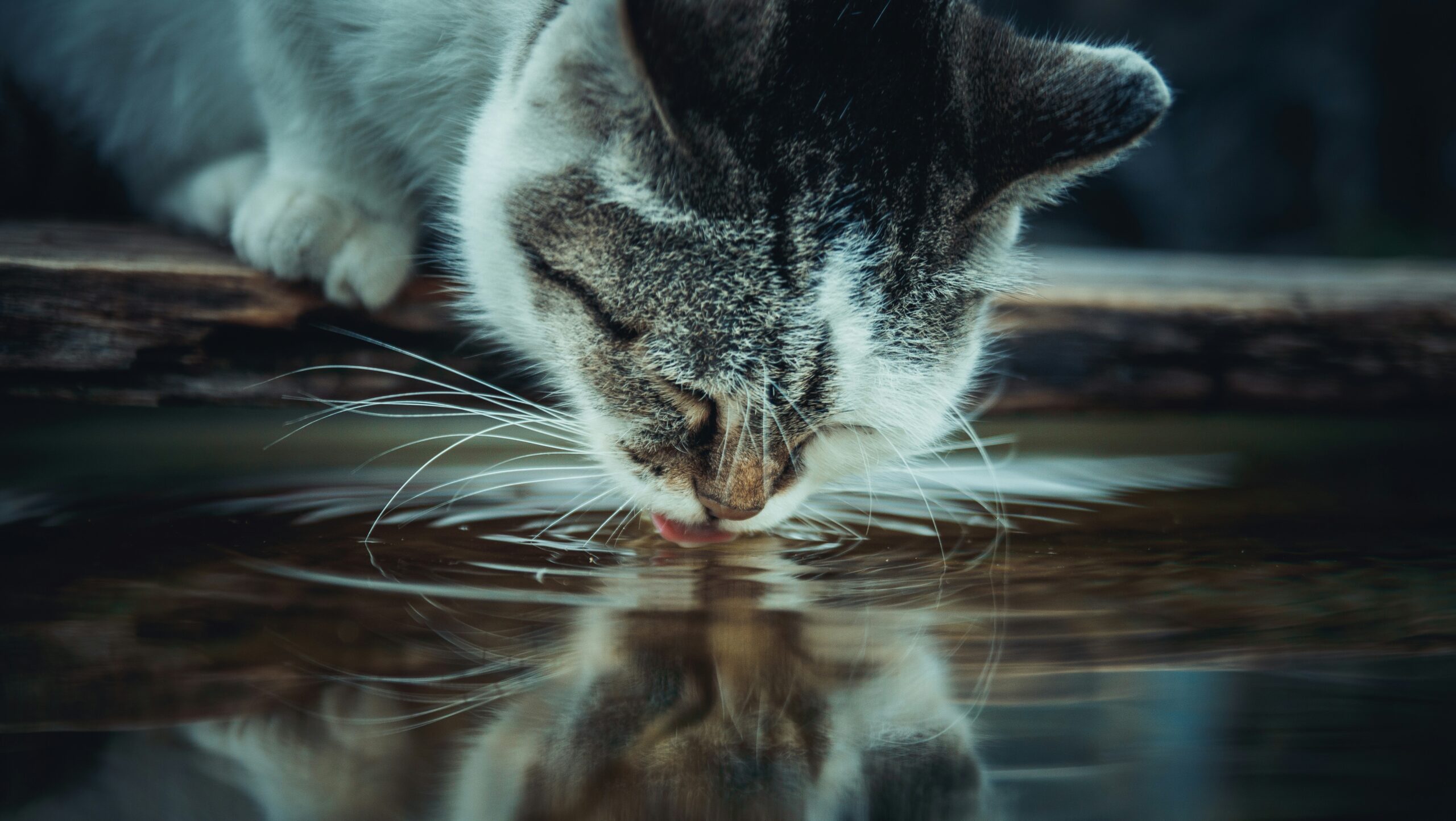Most cats don’t drink enough water. Owners often miss the signs, assuming their cat is getting fluid from food or drinking when no one is watching. But chronic dehydration can build silently and lead to long-term health issues. Unlike dogs, cats rarely show thirst through behaviour. Many felines drink far below what their bodies require.
Hydration isn’t just a matter of thirst. It directly affects kidney function, digestion, energy, and urinary health. Ignoring it can cause complications that cost more than a simple fix.
Cats are not wired to crave water. That’s the root of the problem.
How Cats Naturally Drink Less Water
Domestic cats evolved from desert animals. Their bodies learned to conserve moisture rather than seek it. That worked in the wild, where prey provided hydration. In modern homes, that survival trait leads to underconsumption.
Why Water Intake is Often Too Low
|
Cause |
Impact |
|
Dry food diets |
Low moisture content (<10%) contributes to dehydration |
|
Poor water placement |
Bowls near litter or in noisy areas get ignored |
|
Bowl material or smell |
Plastic bowls may retain odours cats dislike |
|
Lack of running water |
Cats prefer moving water and often avoid still sources |
Many cats won’t drink near their food or litter. Others find shallow or narrow bowls uncomfortable due to whisker fatigue. Some dislike stagnant water and walk away rather than drink.
Signs of low water intake include:
Dehydration rarely causes immediate distress. But the strain builds over time.
Health Problems Caused by Dehydration
Dehydration puts pressure on the entire body. Water plays a central role in nearly every biological process, from filtering toxins to regulating body temperature. Without enough of it, internal systems slow down, and disease risk rises.
Common Issues Linked to Low Hydration:
Each of these conditions affects quality of life. Many also carry high treatment costs.
How to Encourage Better Hydration at Home
Cats rarely adjust their habits on their own. Encouraging them to drink more takes deliberate action. Fortunately, small changes can make a noticeable difference.
Proven Tactics for Increasing Water Intake
One of the most effective changes is using a fountain.
Cats are instinctively drawn to moving water. It signals freshness and cleanliness. Many owners report increased drinking when they add a fountain to the home.
The Cat Water Fountain range was designed with feline behaviour in mind. Quiet flow, clean materials, and large water surfaces help attract cats to drink regularly. These products offer an easy upgrade for owners who want to improve hydration without daily micromanagement.
Choosing the Right Hydration Solution for Your Cat
Not every fountain or bowl suits every cat. Preferences vary widely, and some models might be more appropriate depending on age, health, or behaviour.
Key features to compare:
Cats that suffer from kidney conditions or UTIs may benefit more from a continuous flow model. Timid cats might do better with a fountain placed in a quiet, low-traffic area.
Try different placements and observe drinking habits. Minor adjustments can lead to better results.
What Should Pet Owners Do Next?
Hydration is often overlooked, yet it directly affects a cat’s lifespan and daily comfort. Instead of waiting for health problems to emerge, act early.
Simple upgrades like adding a wet meal or switching to a Cat Water Fountain are practical steps that encourage regular water intake. Each small habit helps reduce long-term health risks.
Hydration isn’t optional. It’s part of everyday care. Cats may be quiet about what they need, but their bodies always show the truth. Pay attention to how much your cat drinks. Then take action that supports their health for years to come.




